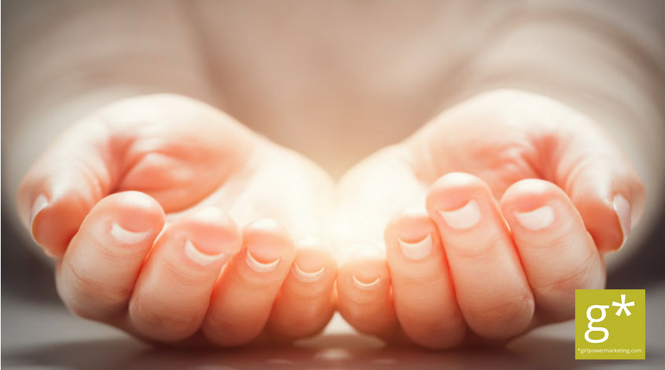What Does the Gender Gap in Charitable Giving Tell Us?

Women have a tremendous amount of spending power, ranging from $5 trillion to $15 trillion in the United States alone. They account for 85% or more of all consumer purchases, from new homes and cars to food and healthcare. Women even drive vacation decisions for their families.
The power women wield with their money doesn’t stop at consumer goods and services, either. It seems there’s quite a gender gap in charitable giving, with women more likely to reach into their purses for a good cause.
A Look at the Statistics
In almost every situation, women are more likely to give—and give more —than men. In fact, in the latest studies, boomer and older women gave 89% more than men of the same age. Women of all demographics are influencing philanthropy in new ways and use their clout to change the way funds are raised and distributed. And, as the boomer women experience the largest transference of wealth this decade as they inherit from parents and spouses, this trend should only continue.
The reason? Studies show that, because of the way they’ve been socialized, women tend to be more empathetic than men. That ability to understand what less fortunate people are going through often translates to their relationship with charitable giving.
Because of that empathy and the need to feel they’ve made a real difference, female-deciding households are more likely to give to youth and family services charities, like emergency relief, homeless services, food assistance, and legal aid. Men, however, are less likely to give to these organizations, and more prone to giving at higher levels to sports, adult recreation, veterans’ aid, and civil rights organizations.
What Prompts a Donation?
Studies show that men give to maintain the status quo or to serve their interests, while women give to help the less fortunate or to promote social change. It’s the message that reaches the giver; men want to hear that their donation will better their environment, while women are driven by knowing they’ll make a real difference.
Men may also be more likely to give in situations where there is a competition or someone to impress. This often becomes obvious in charitable auctions, where bidding against another reflects on the depth of the wallet. This doesn’t mean that men don’t have noble intentions. It’s simple biology. Basic competitiveness is evolved and related to testosterone. The way competitiveness is displayed, though, depends on the context.
Flipping the Switch
While women give more in almost every situation, there is one occasion where the numbers flip: in workplace charitable giving, where women tend to give less, and less often than men. It may be that men in the office feel the need to support their employer or impress with higher donations, or that women simply prefer to give to charities of their own choosing rather than ones selected by their employer. Aligning workplace charitable causes with women’s interests could result in more giving.
One thing is clear: Non-profits and other charitable organizations would benefit from understanding how gender comes into play – particularly with charitable donations. If you’d like to examine techniques and tactics for reaching female consumers, give us a call.
